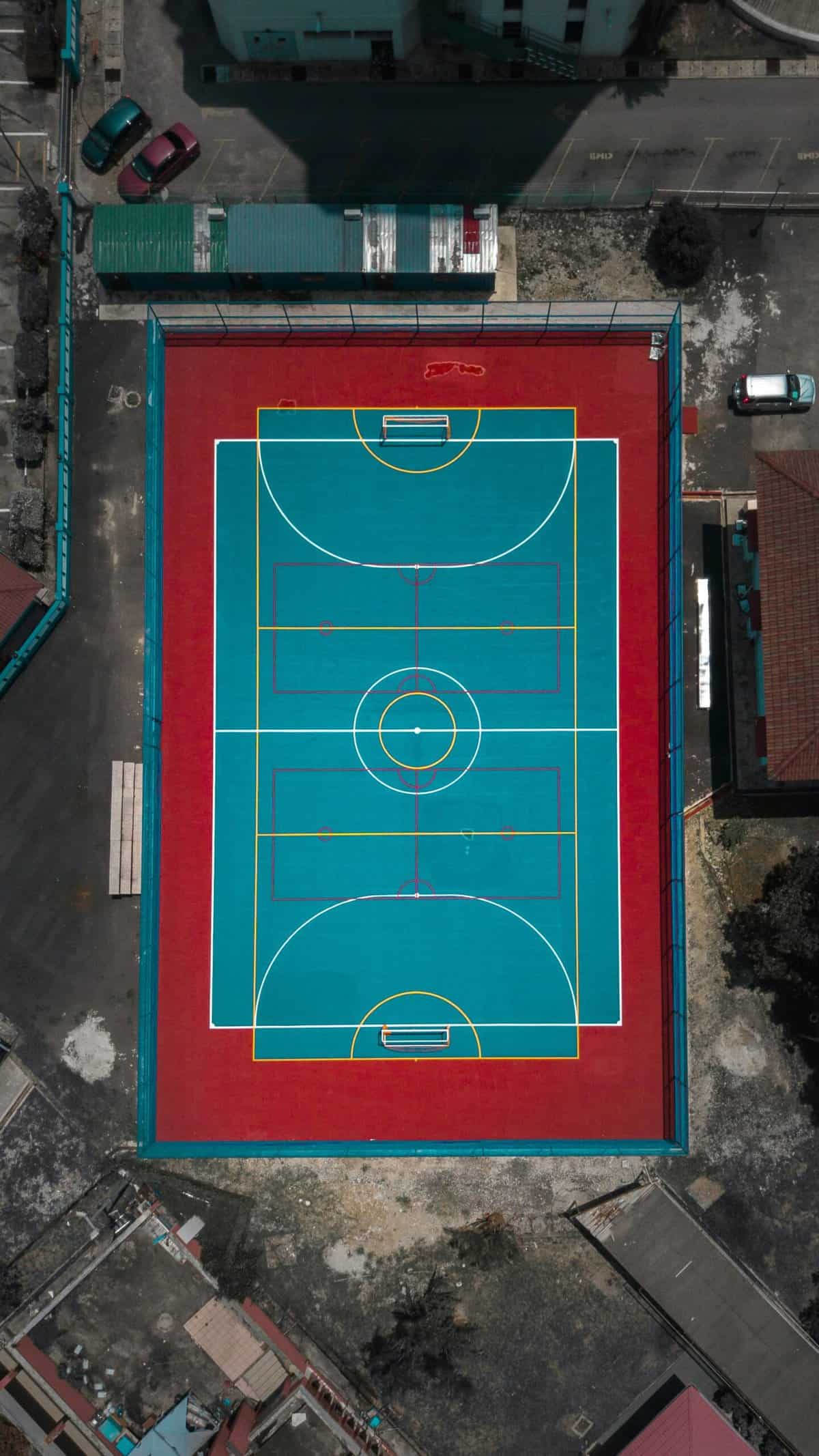Futsal Court Size: Regulations and Standards
Futsal is a rapidly growing sport that has gained popularity all over the world. This indoor version of soccer is played on a smaller court, which makes it more fast-paced and exciting. However, in order for the game to be played safely and effectively, there are regulations and standards that must be followed for futsal court size.
In this article, we’ll take a closer look at these regulations and standards to help you understand the requirements for a futsal court.

Futsal Court Size Regulations
The regulations for futsal court size are set by the Fédération Internationale de Football Association (FIFA) and the Futsal Laws of the Game. According to these regulations, a standard futsal court must be rectangular in shape, with a length between 25-42 meters and a width between 16-25 meters. The recommended size for an international futsal court is 40 meters by 20 meters.
Futsal Court Markings
The futsal court must have distinct markings that define the playing area. These markings include the touchlines (length of the court), goal lines (width of the court), penalty area, and goal area. The penalty area is a rectangular area that extends 6 meters from the goal line and is 12 meters wide. The goal area is a rectangular area that extends 5.5 meters from the goal line and is 3 meters wide.
Futsal Court Surface
The surface of a futsal court can vary depending on the location and resources available. However, it is recommended that the court surface be made of a non-abrasive material that provides good traction for players. Common surfaces include hardwood, synthetic materials, and even concrete.
Futsal Court Lighting
Futsal courts must have proper lighting to ensure the safety of players and to provide an optimal playing environment. The lighting should be bright and even throughout the court, without creating any shadows or glare that could impede the visibility of the players.
Conclusion
In summary, the regulations and standards for futsal court size are important to ensure the safety and fairness of the game. A standard futsal court must be rectangular in shape and have distinct markings, and the surface should be non-abrasive and provide good traction. Proper lighting is also necessary for a safe and optimal playing environment. By understanding these regulations and standards, you can create a futsal court that meets the requirements for this exciting and fast-paced sport.
Looking for more information on futsal? Check out why futsal has skyrocketed in popularity over the last few years.
Frequently Asked Questions (FAQs)
- Are all futsal courts the same size?
No, not all futsal courts are the same size. While there are recommended dimensions for futsal courts, they can vary. According to FIFA, the international standard size for a futsal court is between 38-42 meters in length and 18-22 meters in width. However, local regulations or facility limitations may result in smaller or larger court sizes. - What is the difference between futsal and indoor soccer?
Futsal and indoor soccer are similar in that they are both played indoors, but there are key differences between the two. Futsal is played with a smaller, heavier ball, typically on a hard court surface. It emphasizes close ball control, quick passes, and technical skills. Futsal is played with teams of five players, including a goalkeeper.
On the other hand, indoor soccer is often played with a regular soccer ball and can be played on various surfaces. It allows for more physical play, and the team size can vary, typically ranging from 5 to 7 players, including a goalkeeper.
Also, check out our article on futsal vs indoor soccer to know more about the differences between the sports. - What are the key features of a futsal court?
A futsal court typically has specific features to meet the requirements of the game. Here are some key features of a futsal court:- Size: The court dimensions should ideally be between 38-42 meters in length and 18-22 meters in width, following FIFA’s international standards.
- Surface: The playing surface is usually made of a hard material such as wood, sport court, or artificial turf, providing good ball bounce and traction for players.
- Boundary lines: The court is marked with boundary lines that define the playing area, including touchlines (sidelines) and goal lines.
- Goalposts: Futsal goals are smaller than traditional soccer goals. They are typically 3 meters wide and 2 meters high.
- D-shaped area: In front of each goal, there is a semi-circular area known as the penalty area or D-shaped area. It serves as a designated space for the goalkeeper.
- Substitution zones: Located on the sidelines, these designated areas are where players can enter or exit the field during substitutions.
- Advertising boards: Futsal courts may have advertising boards or barriers around the playing area.
Remember that these features can vary depending on the specific regulations and standards followed by different organizations or facilities.







